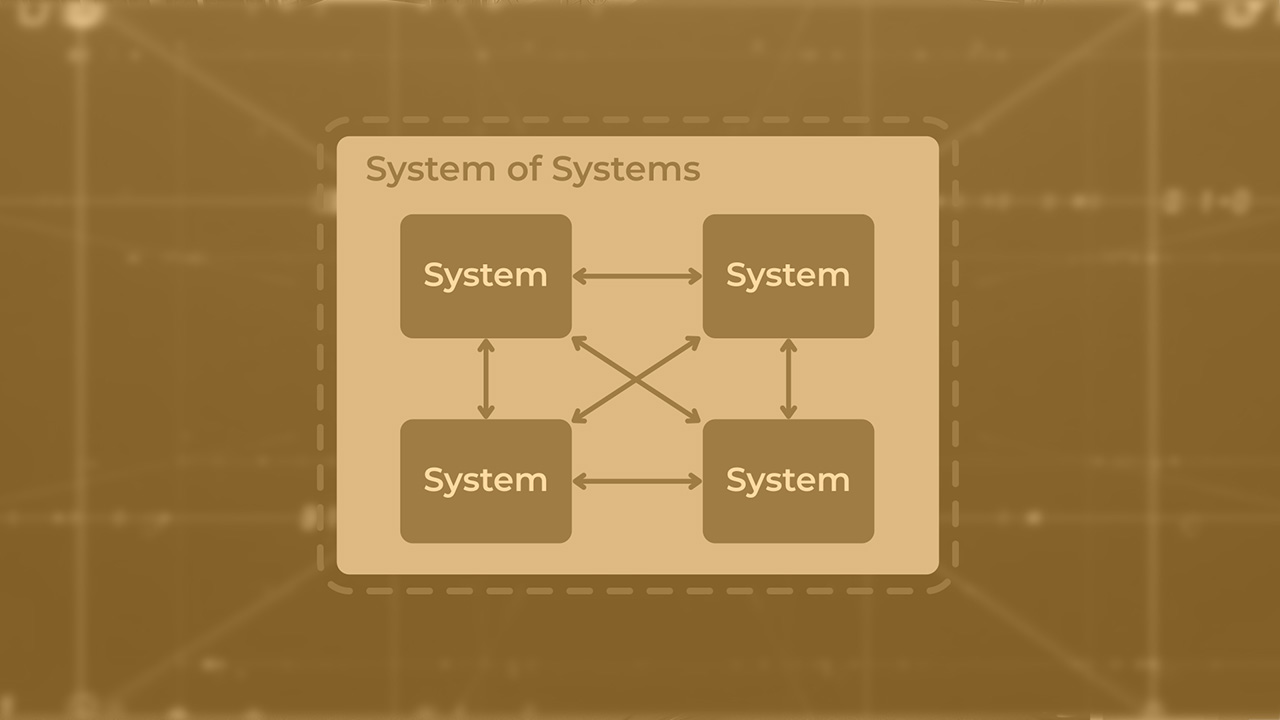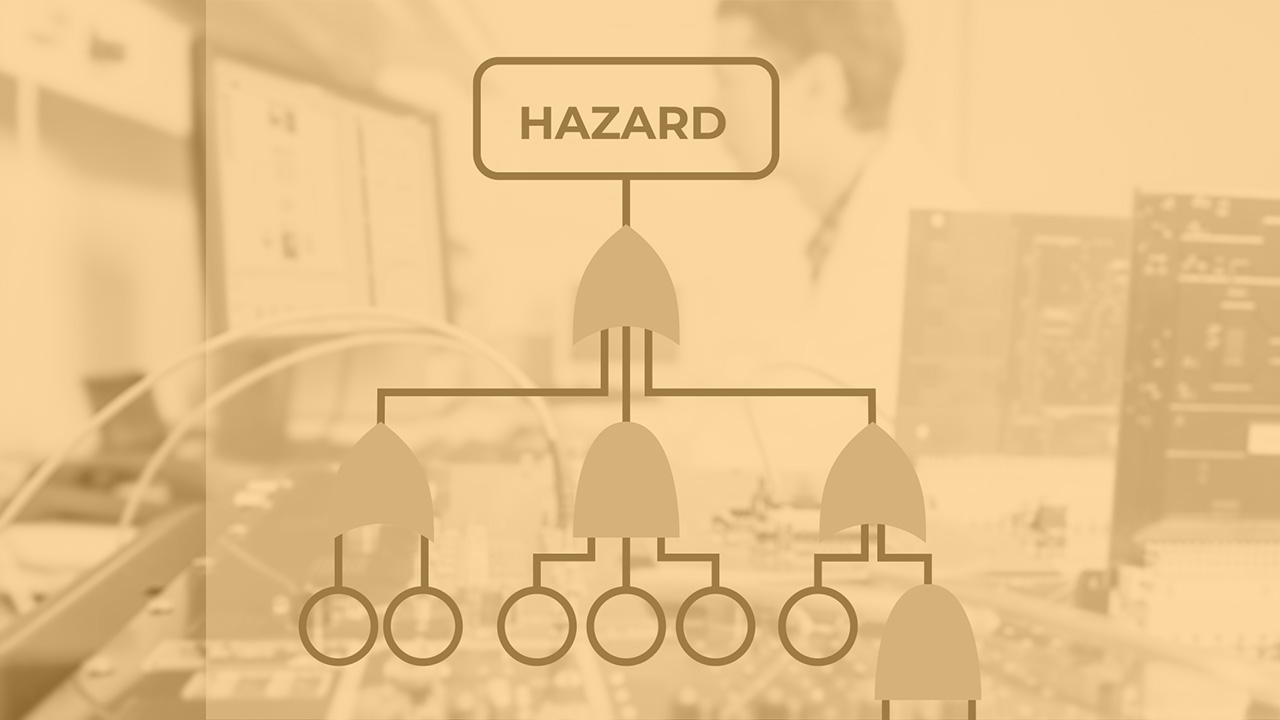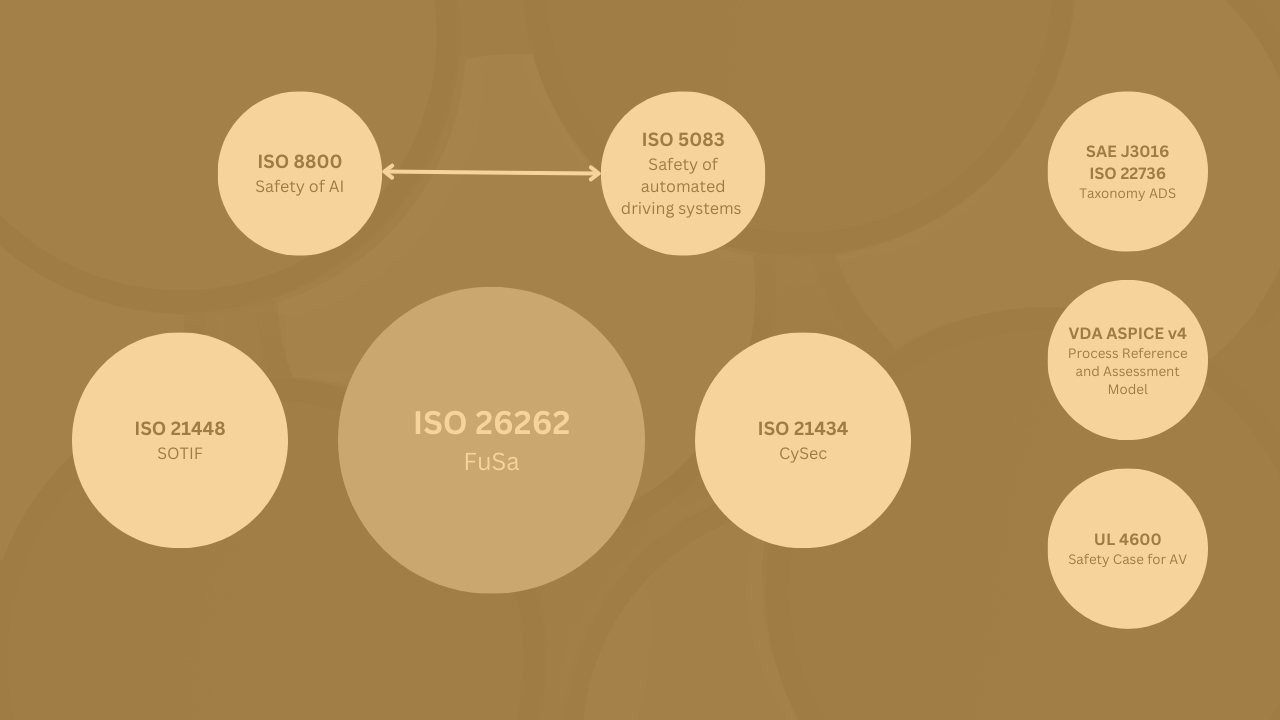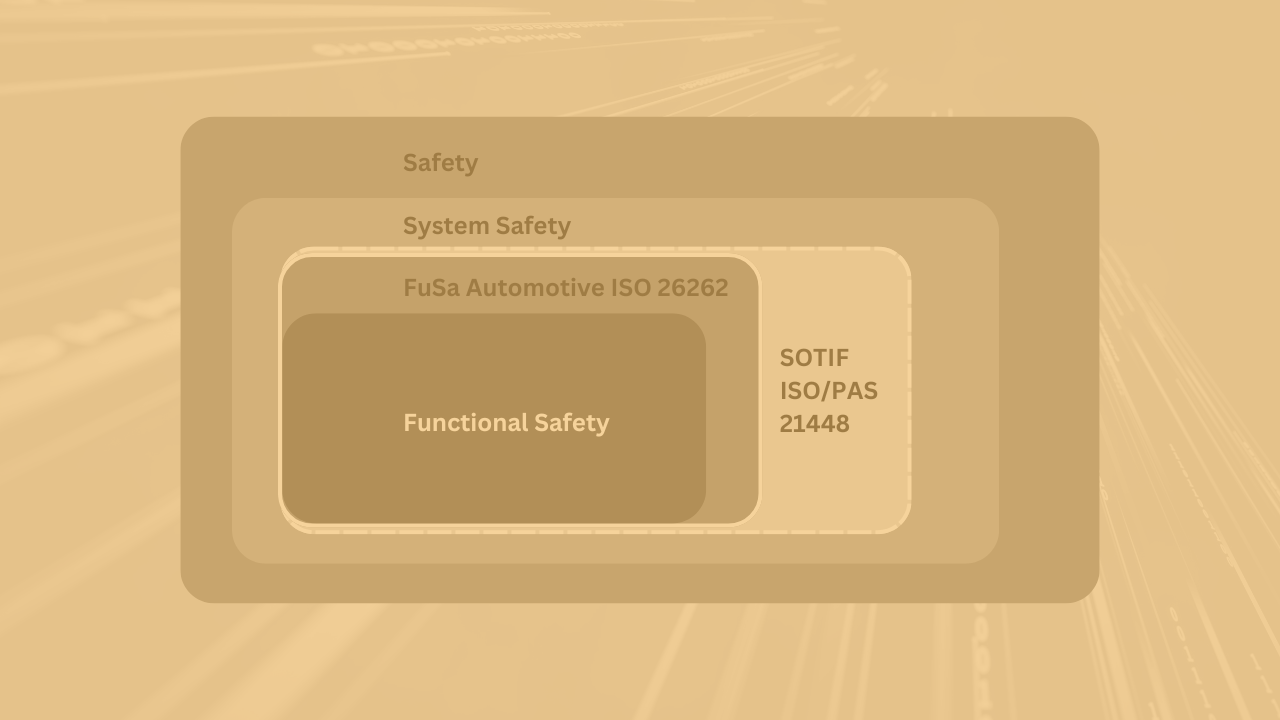
We want our tech safe and secure
Due to rapid development, technology today is present in every sphere of our lives. Innovative systems, including sophisticated hardware and software, control our cars, aeroplanes, factories, traffic lights, cooking recipes. Through our courses in functional safety and cybersecurity, we will teach you how to become an expert in designing fail-safe, fail-secure or fault-tolerant systems. We would tackle the most stringent standards for safety and cybersecurity in automotive, such as ISO 26262 and ISO 21434. Unfortunately, the industry lacks safety and cybersecurity experts and cannot cope well with the growth of technology applications, especially AI-driven. So, let's keep our world a safe place.
System Safety, Functional Safety and Cybersecurity courses



Automotive Quality and Project Management with ASPICE


Automotive Cybersecurity Fundamentals
To get more information about NIT functional safety courses, how to enroll, set up the course of FuSa curriculum for your company, contact us.

This program has been developed in association with The University of California San Diego Department for Extended Studies, and is eligible for a UCSDX official certificate. See more details on Functional Safety Fundamentals for Automotive Certificate here, as well as for Functional Safety Engineering for Automotive here.












